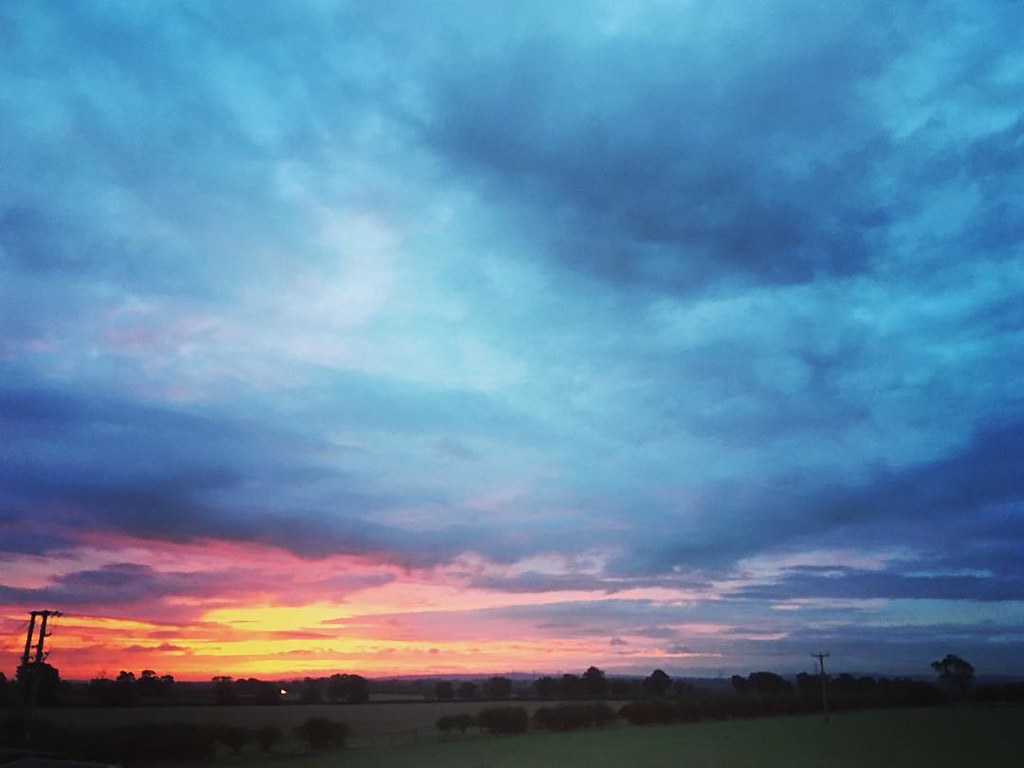anthony galvin
Adventures with Voice Interfaces
Recently I’ve been doing lots of work with voice interfaces. Globally AKQA has been working with clients on VI since it started to go mainstream, and in the UK we’ve helped Jamie Oliver and Arsenal get onto the Amazon Echo platform.
VI is also a lens to use when looking at system or service and figuring out what an MVP really is. By it’s nature VI is a paired back user experience - so if you have an experience that works well for voice users then you probably have a good idea of your core use cases.
From a technology perspective it also starts to place some new demands on engineers. It forces technical teams to think differently about infrastructure, code and server less at scale. The separation between code and infrastructure can get messy when working with AWS Lambda (and similar services), so it’s extra important to focus on code and build pipelines for anything but the most trivial use cases.
Developing for voice also highlights something I think is increasingly important for engineers - the ability to bring service design thinking into software / sprint planning. There’s an increasing overlap between writing software that doesn’t have dead ends and handles exceptions well, and managing the user through options and occasions frustrations of voice interfaces.
Test automation, unit and integration tests are even more important than usual (though I’m not sure how much more important you can make these kind of tests!). Manual testing of voice services is slow (you can’t really speed it up), so you need to have good test coverage to have high confidence in your software and for the team to be able to work at a decent velocity.
It’s also important for everyone on the team to spend time using voice services and to understand the emerging design patterns and expectations of regular users. In the early days of television it was apparently common to meet people who appeared on TV shows but refused to own a television set. The same approach won’t work if you’re developing VI. Using an Echo or Google home on a regular basis is the only real way to understand the possibilities and frustrations of voice interfaces.
2017-05-17 14:25:25 GMT permalink
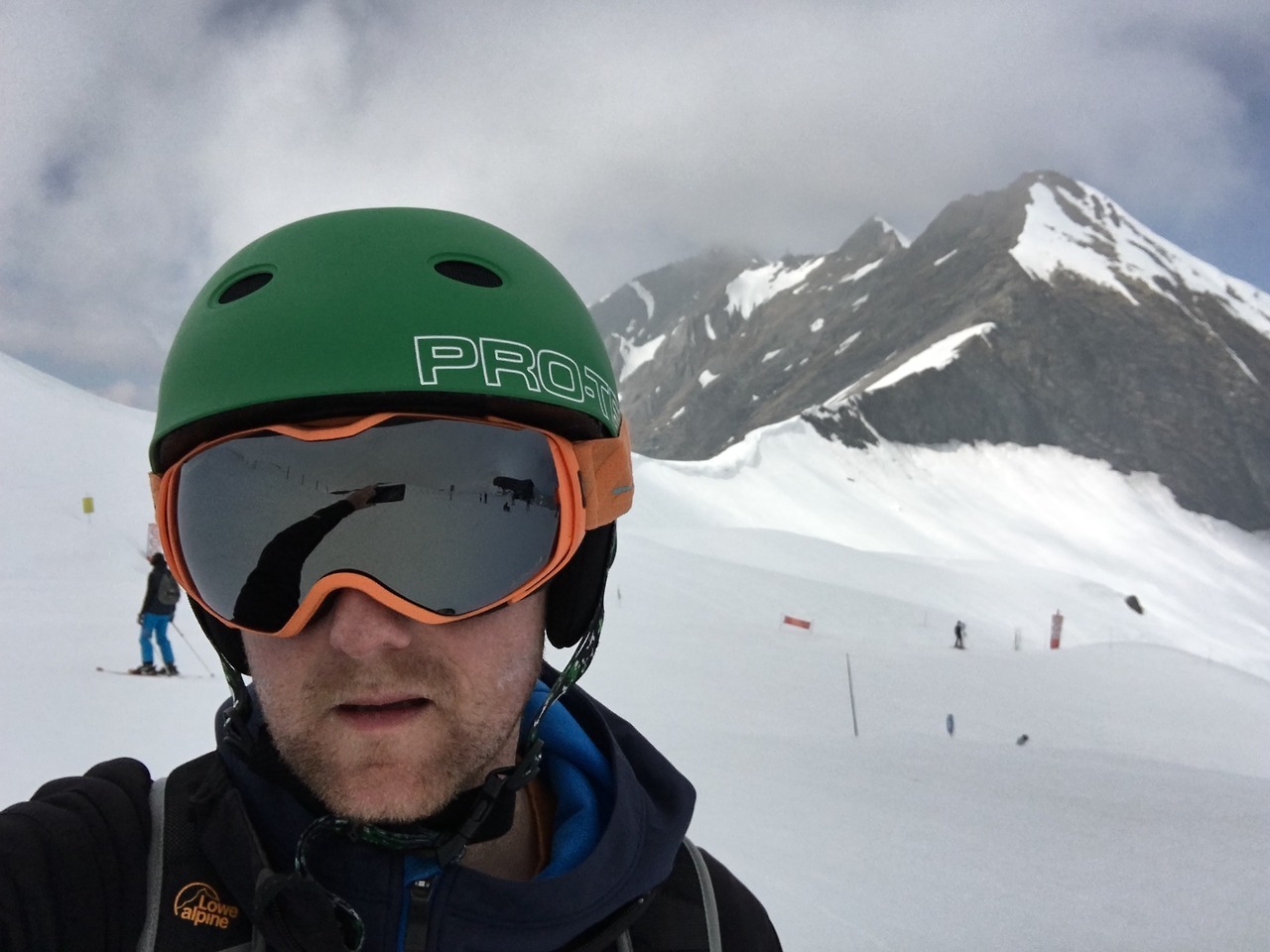
10 winters
Back to Morzine. I remember a springtime visit 10 winters ago, when Richard and Fiona had bought the old barn on the edge of Morzine. I slept on a concrete floor and then Richard and I went up to the top of the Avoriaz and talked about the future. Then we boarded down in the spring sunshine and it didn’t seem real.
Fast forward to 2017 and we are back in the Alps. The sun shone again and this time I’m on chair lifts with my Violet and Hazel. Sitting at the top of the resort looking out over the mountains, still thinking about the future.
2017-04-11 22:15:44 GMT permalink
Self-driving cars: moonshot or beer wagon?
Almost every day there’s some new buzz, hype and occasional factual statement about self driving cars. The intersection (pun intended) of technology, user experience and transport policy is an interesting place.
From a technology perspective it feels like autonomous vehicles could be the equivalent of the space race for our times. As a side effect of getting people on the moon, NASA is also credited with inventing everything from Nike Air to better dentistry. Whilst the self-driving car industry is still in its infancy, innovations in detailed mapping, artificial intelligence, motion detection, capacity planning, battery technology and machine learning (to name but a few) have already started to have a significant impact on the technology we use everyday.
But transport and mobility matter a lot more than as a way to get a more accurate vacuum cleaner. The relationship people have with cars is complicated. Much of what has been written about vehicle ownership, usage and urban planning doesn’t take into account the irrational choices that people make around transport everyday. How autonomous vehicles fit into real world scenarios is going to be complicated, and based on how politicians handle most rapid technology change, I’m not optimistic about how smoothly the polity will adapt.
In many ways the motor car has been one of the most liberating inventions of the past 150 years. If I was so inclined, tomorrow morning I could pile up the car and drive to the South of France (or more likely the west coast of Scotland) with a level of ease and freedom not possible 100 years or so ago. Yet, despite having a car I don’t really self identify as a driver. It’s something I do, but I’m more likely to say I’m a cyclist or walker. But I’m conscious for many people driving is a very important part of their identify, and for some people the self-driving car represents a challenge to the idea of what it means to be human.
As with most complex technology problems, it’s easier to get to grips with them if you start by trying to build your own version. A self-driving car is a bit of a leap, but the next step for the location aware drinks trolley I build last year is probably autonomy. Even if I don’t get as far as a universal product, a beer wagon that can navigate my office is probably a pretty good place to start.
2017-01-30 22:28:23 GMT permalink
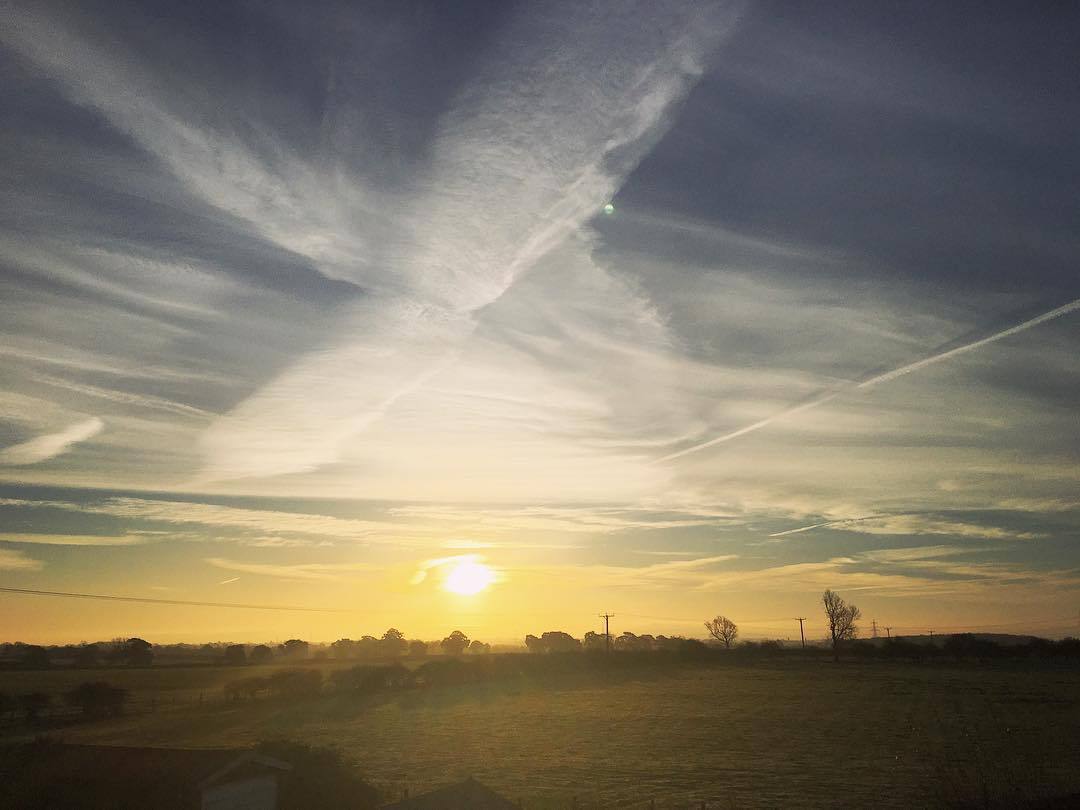
The view.
Over the last few years, the view over the fields behind our house has become increasingly important to me. The back fields.
It is in many ways an unremarkable view. Looking out across flat fields of pasture. A power line, a few hedges and trees. Sometimes there’s sheep but more often the fields are empty. In the distance, on a clear day, a glimpse of the Chiltern Hills. Mentmore, the Beacon at Ivinghoe and beyond. There’s certainly more dramatic views.
Sometimes there is a red kite or a green woodpecker. Today it was a pheasant. But more often it’s a small flock of starlings or sparrows that provide the avian entertainment. In the summer months there are swallows. There’s owls as well, but despite my best efforts I haven’t seen them, only heard their cries on the wind.
I’ve been collecting the sunrises over the fields. Which I suppose is also a way of collecting the sky. Big and open here in North Bucks. Soon the sky might be the only thing still visible to us if the plan to turn the fields into houses is approved.
I think of it as my view, though it’s not mine, I’m just an observer. An onlooker. Not a participant. The flocks of sparrows and starlings don’t object to planning applications, though I’m sure they would given the chance.
2017-01-15 00:31:58 GMT permalink
Creating a connected drinks trolley
Most agencies have a Friday drinks routine. At AKQA London there’s a couple of Virgin Atlantic drinks trolleys that do the rounds. Split over 3 large floors, it’s sometimes hard to know exactly when your G&T is going to arrive. To counter this problem we decided to upgrade the drinks trolley.
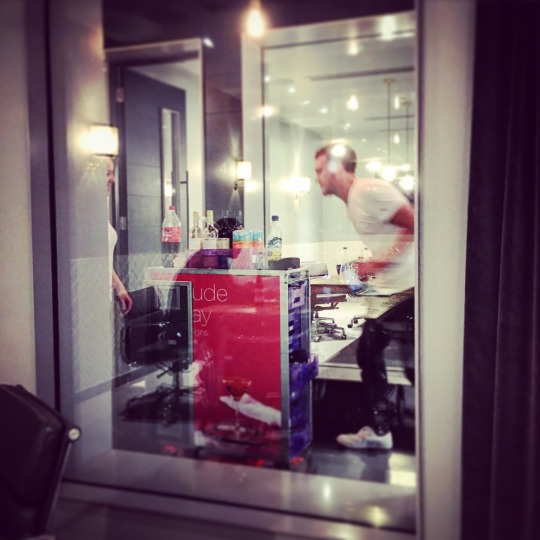
The CRD team have been adding estimote beacons across the office (15 or so per floor). These give pretty good coverage, more than enough for a drinks trolley tracker. There’s a few ways you could check the location of the trolley, but it made sense to use all those beacons.
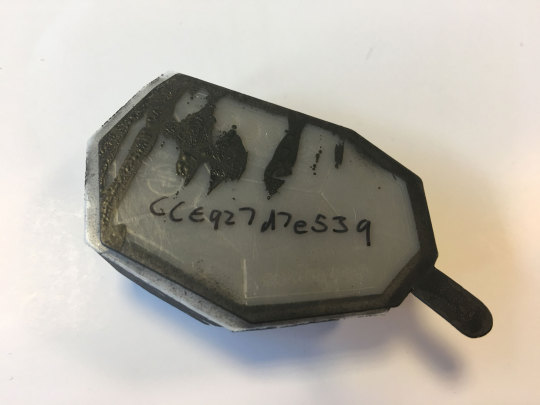
To turn the trolley into an IoT device, we used an Intel Edison hooked up to a SparkFun battery pack. The Edison is Intel’s small connected prototyping device. Think an Arduino but with a bit more power and built in WiFi and Bluetooth.
The Edison runs a version of Linux and you can write apps in a variety of languages including node.js. Using the Bleacon library I wrote a simple script that uses the onboard Bluetooth to scan for beacons.
When the Edison finds a known beacon, it calls a service to let it know which beacon is nearby. To keep things simple we are using AWS API gateway and dynamoDB so there’s no server side code to manage. There’s a second endpoint that returns a list of places the trolley has been. We then use this data to populate a simple website to tell people where the trolley is.
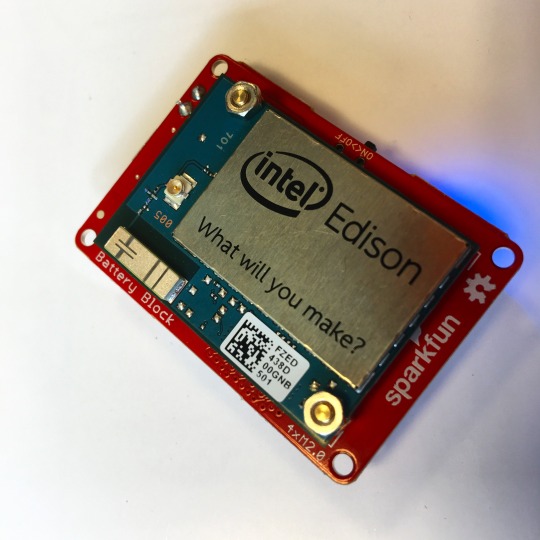
It’s a fairly silly application for IoT, but it shows how you can create a proof of concept without lots of infrastructure. The good news is we now know where the trolley is. The bad news is that it doesn’t make it arrive any sooner.
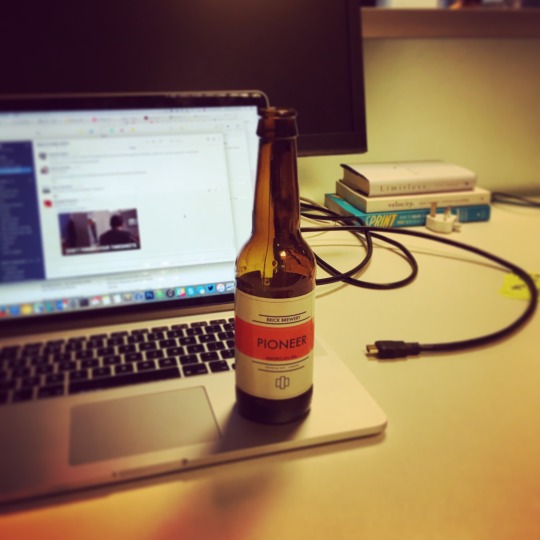
2016-09-16 14:50:38 GMT permalink
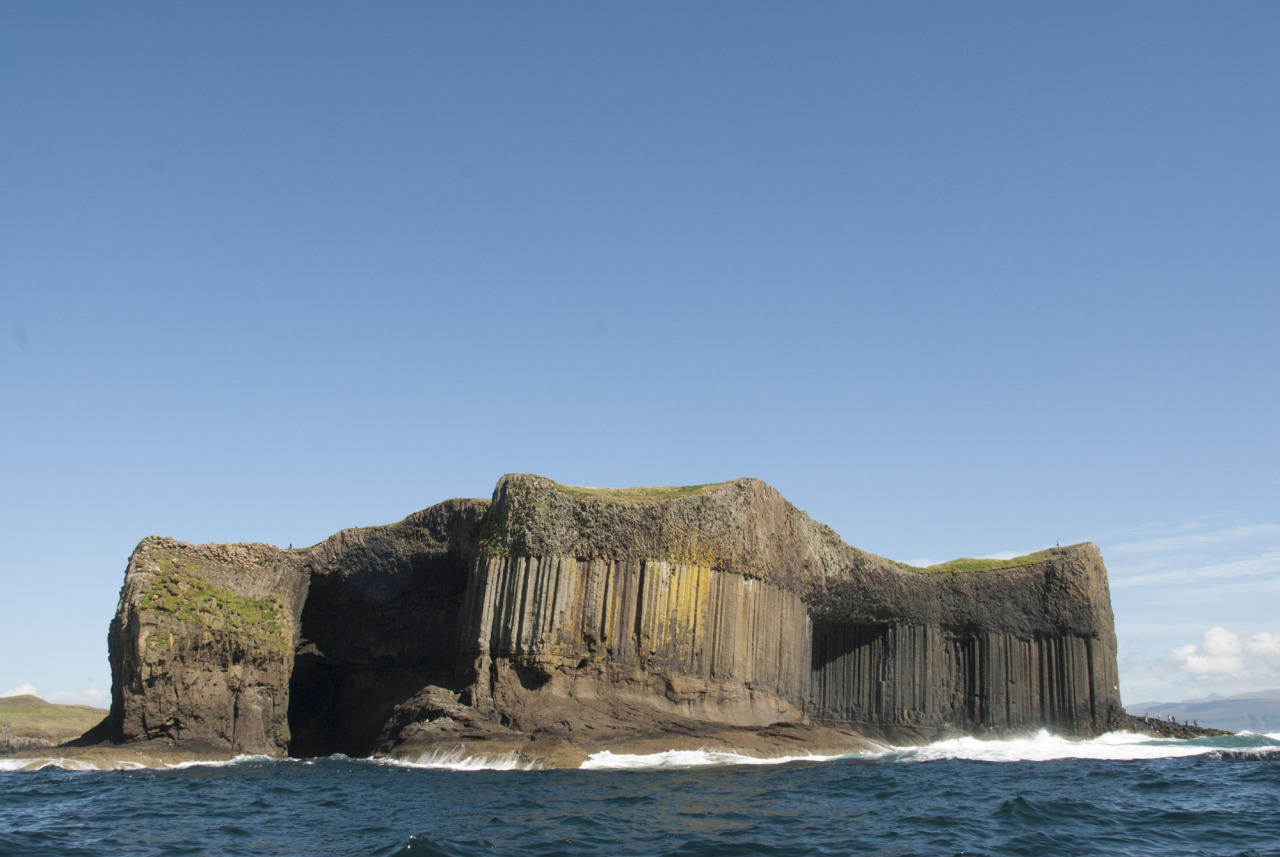
On a blazing hot August day we jumped aboard the Island Lass and headed off for a boat trip round the Treshnish Isles, past Fingal’s Cave and onto Staffa.
After spending a few days on Ulva the crowds on the boat and island felt a bit overwhelming to start with. Despite the good weather it was still pretty choppy on the way into the landing at Staffa. It’s hard to imaging the portly Dr. Johnson arriving in 1773.
2016-09-05 21:16:05 GMT permalink
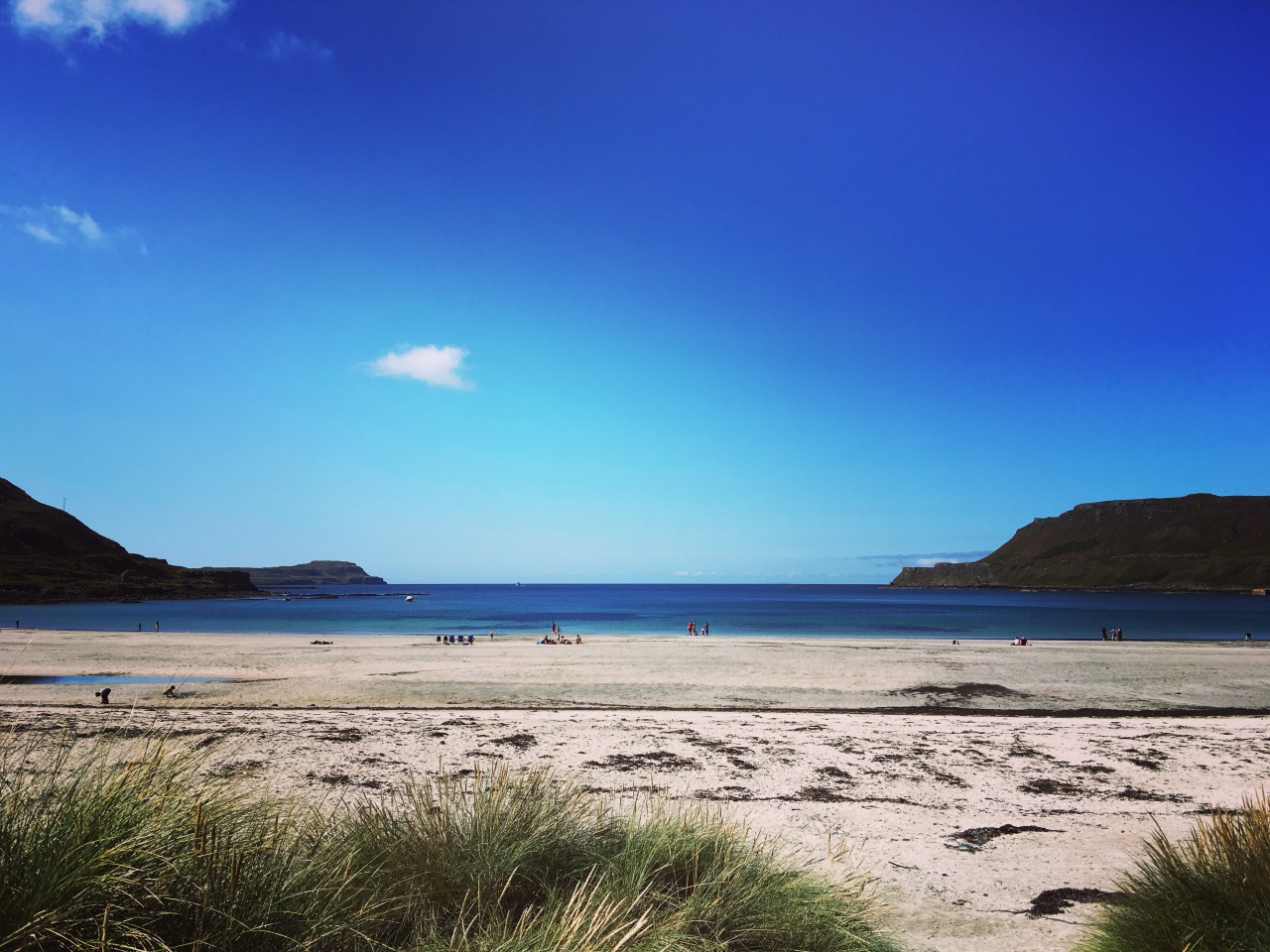
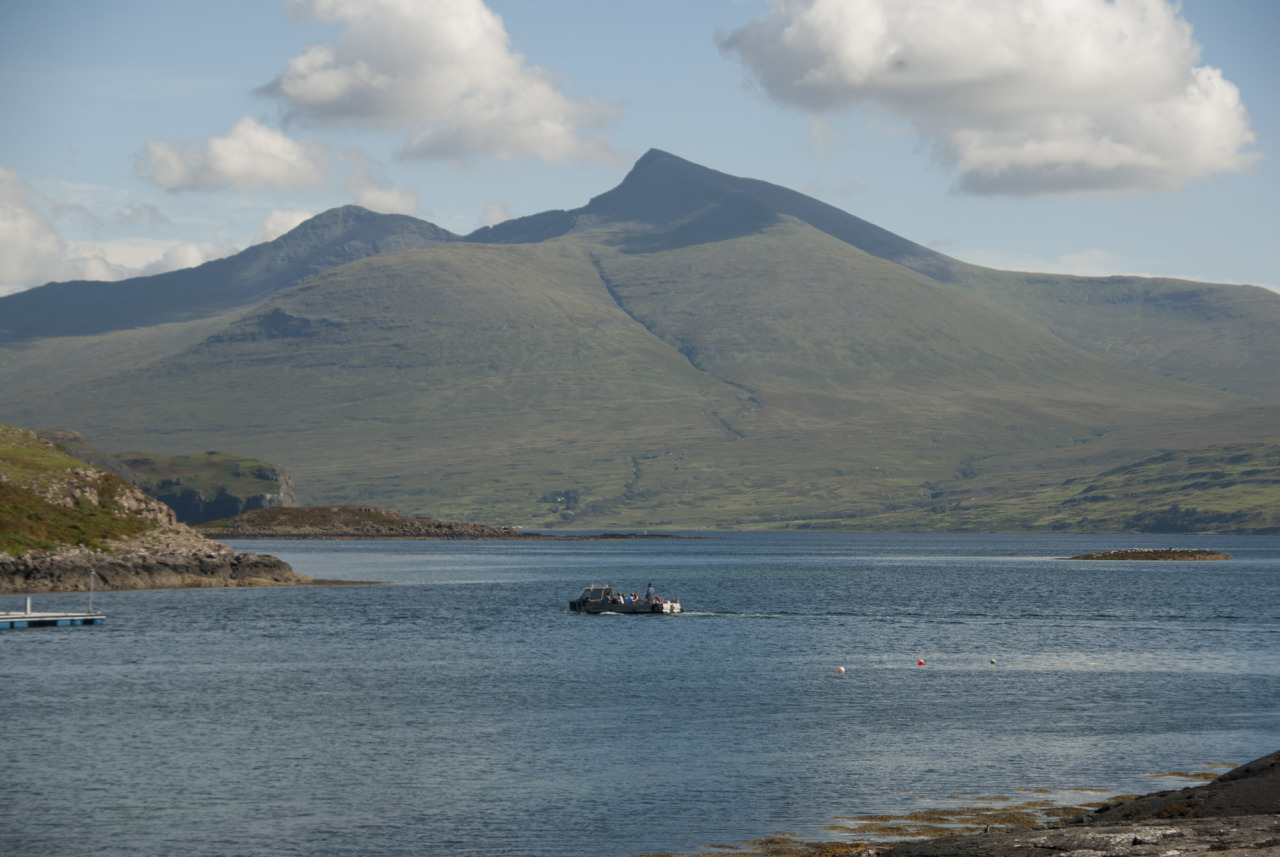
Late summer and we headed northwards again. To Ulva, a place we’d visited but never spent more than a few hours at a time.
People first started living on the island more than 7000 years ago. At the height of the kelp boom in the 19th Century 600 people called Ulva home. It’s a much quieter place now with just a few residents. The passenger ferry runs 6 days a week at the height of summer and stops at 5pm. There are no paved roads. No street lights. Little phone signal.
The week at Fisherman’s Cottage will live long in the memory. Great food from The Boathouse. The amazing landscape and weather. Walking through abandoned villages. Stumbling across a family of red deer. Watching curlews and buzzards.
It’s easy to think about places like Ulva as period pieces or as a tourist destination. Our stay made me realise that it’s much more complex. Ulva is a private island and a real place.
We’ve been coming to the Inner Hebrides for about 5 years. The relationship between the ecology, animals and people who live on and around the islands is complex. Each time we visit, I understand a little more.
2016-09-05 21:03:05 GMT permalink
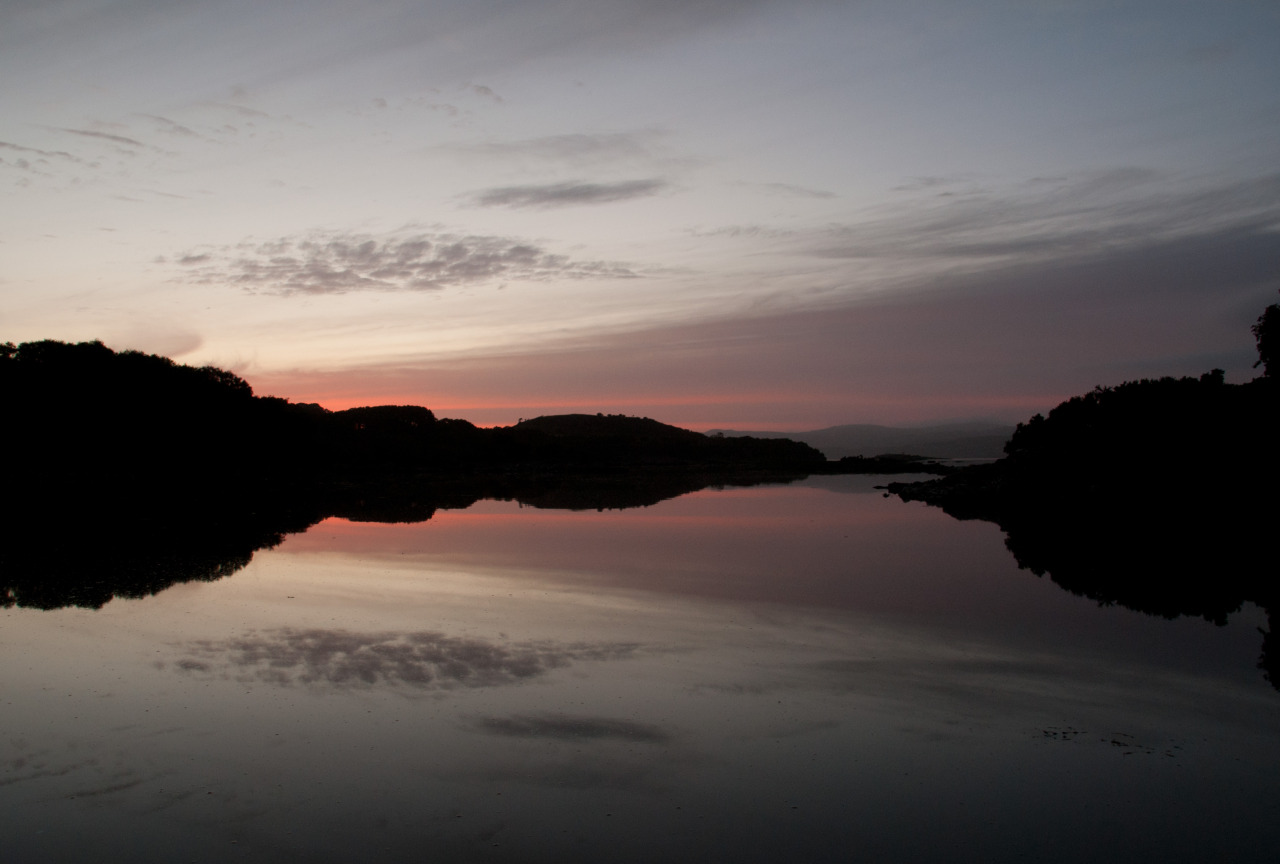
Went out last night to try and grab a picture of an otter. I failed. But the view across the bay was pretty good.
2016-08-23 21:05:59 GMT permalink
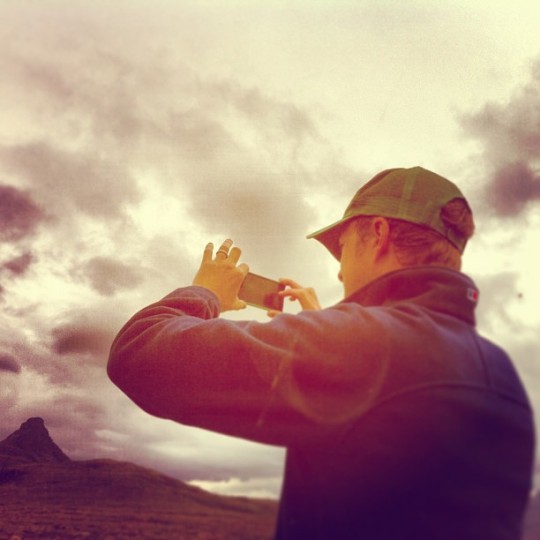
I’m away on holiday at the moment, which means for once I bought a Sunday paper (in this case The Observer). Jon Naughton’s column on the changing nature of photography (phones, snapchat etc..) caught my eye.
It’s an interesting piece in which he links digital behaviours to a demographic. I think this is a common mistake. It’s better to think about behaviours linked to a user need or the network effect of technology adoption. People of a certain age may have a common behaviour, but this is probably linked to a common activity. A classic example of this is the growth of video calling. This is often cross generational, due to parents / grand-parents ‘Skyping’ their children / grand-children.
Naughton quotes Chase Jarvis, “The best camera is the one you have with you”. The article did get me thinking about my relationship with photography. At home we have plenty of devices that take pictures. Our collection includes 1950’s SLRs inherited from my Grandfather, a 10 year old Nikon DSLR and ubiquitous iPhones.
Away on holiday, we’ve brought the DSLR and the smartphones. We use them in different ways at different times. Last night I was sat on the edge of the bay as the sun went down trying to bag a photo of an Otter (I failed). In this scenario, the Nikon is easily the best bet. Emma has also grabbed some great pictures of Buzzards that would be impossible on the iPhone. We’ve also got some great landscape shots with our phones. They are similar, but different tools that come into their own at different times. If you’re interested in photography it’s better to have a few different tools to hand.
The device itself also makes a difference to the subjects, not just the photographer. A week or so ago, when asked to take a few photos at a christening, I used the DSLR. Brandishing the big lens quickly got people lined up around the font. Our two children have no interest in taking photos with a phone, but get a camera out and they turn into Corinne Day.
The idea that new forms of communication through photography (such as Snapchat) are the first time that pictures have been used for communication seems odd. Photography has been more than just holiday snaps for almost 200 years. It’s the disposable nature of communication that is changing. People today rarely save text messages in the way they previously saved letters.
Many pictures are part of this disposable communication culture, but others, like our holiday snaps are some kind of record. For our family at least.
Photo by @emsygalvin
2016-08-23 21:03:58 GMT permalink
Creative education is core.
Next month parliament will debate the removal of performing arts from exam options for 16-18 year olds. The debate will only take place because over 100,000 people signed an online petition. MPs on all sides seemed to have little understanding of the impact that creative and performance based subjects have on students. Both on their potential futures and the needs of businesses.
I am someone who benefited enormously from studying music and drama throughout my schooling. In particular studying performance based subjects at GCSE, A-Level and then at degree level. These studies equipped me for life and work in many ways.
These studies introduced me to a creative literacy that I hadn’t experienced before. The ability to communicate abstract thoughts or big ideas through sound, word or gesture wasn’t always part of my life. I grew up in a declining northern town in the 80s and 90s. Performing arts field trips to local theatres and concerts opened my mind to a broader view of the world. It wasn’t easy for most 16 year olds to stumble across Brahms or Brecht in Rochdale.
Beyond exposure to a broader hinterland, these performance lead studies also started to develop a set of softer skills. They gave me confidence in-front of an audience, the ability to communicate as part of a group and an understanding the importance of rehearsal time. These are skills I continue to use and develop as part of my day-to-day work. Without them I wouldn’t be able to do the job I do now.
As with most of our daily lives, technology plays an increasingly important role in performance and the arts. I spent my late teens playing with a whole range of niche and now obsolete devices. Trying to wrestle their output into some sort of communication or emotional response. I do the same sort of thing now, just with a different set of technologies.
The key skills of the future are creativity and communication linked to technical capability. We should be encouraging more children to take creative performance based subjects seriously, not fewer.
2016-06-09 10:58:07 GMT permalink





































